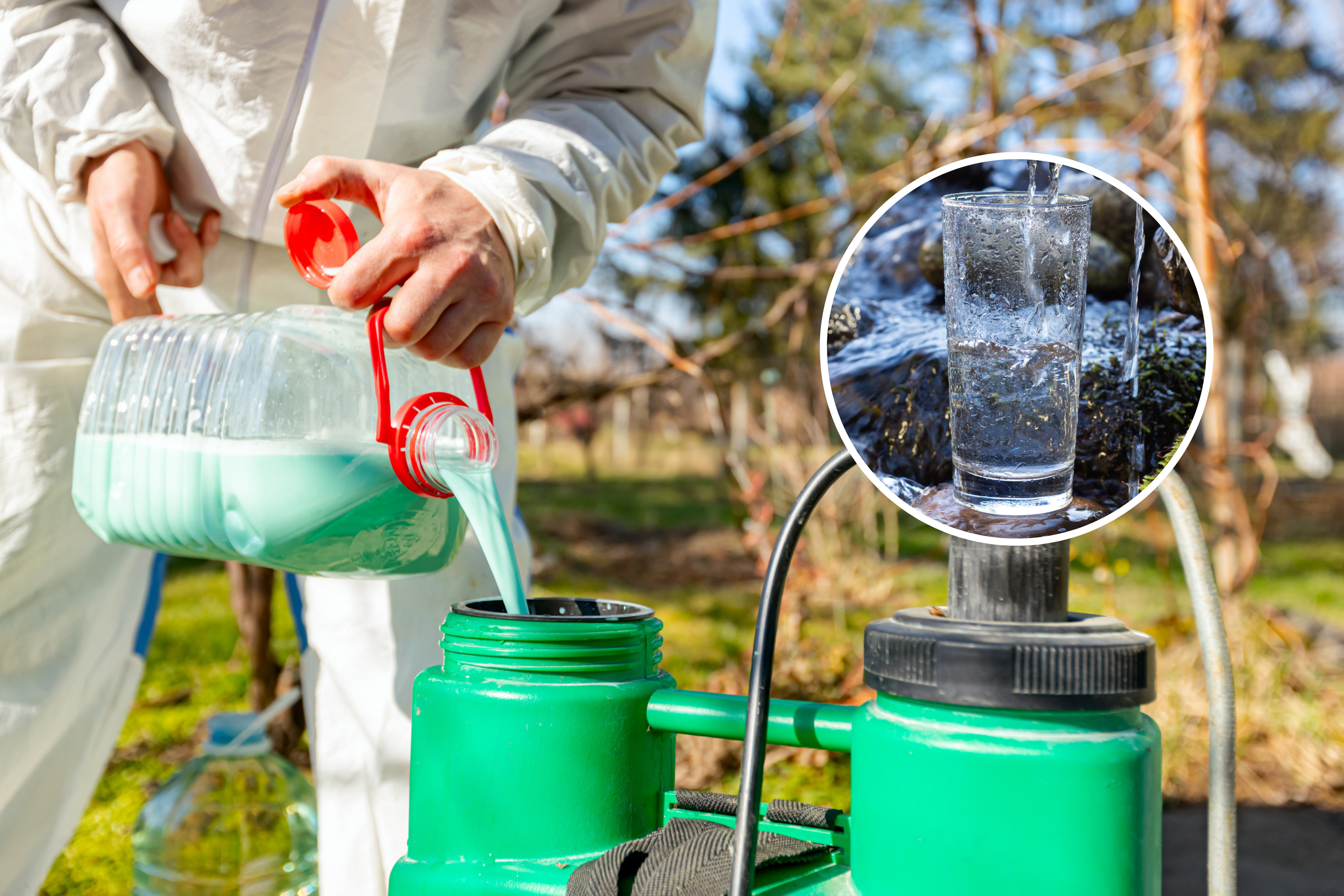In Minnesota, pesticide levels in both ground and surface water have reached concerning levels, raising alarms about potential threats to local wildlife and drinking water safety for residents.
A recent study in the journal Science of the Total Environment led by Arnold and fellow researchers from the University of Minnesota Twin Cities, in partnership with the Minnesota Department of Natural Resources, analyzed water samples from 15 natural springs and 75 unique wells across 13 counties. This sampling, conducted from 2019 to 2022, included sites from both urban and rural areas as well as various water depths.
The results showed that natural springs are particularly vulnerable to insecticide contamination.
According to the Food and Agriculture Organization of the United Nations, the U.S. utilizes over 450,000 tons of pesticides annually. These chemicals can permeate ecosystems, impacting wildlife and potentially human health.

ArtTim/roman023/Getty
The health implications of pesticide exposure vary based on the specific chemicals involved. Some commonly used agricultural pesticides have been linked to developmental issues, hormonal disruptions, and neurotoxic effects. There are studies suggesting that exposure levels might elevate cancer risks to a degree comparable to smoking, though it remains uncertain how much exposure is necessary for these outcomes.
Insecticides are designed to manage insect populations in both farming and urban environments. These chemicals can linger on food and infiltrate surrounding water bodies, including lakes, rivers, and groundwater.
Bill Arnold, a professor in the University of Minnesota’s Civil, Environmental, and Geo-Engineering Department, noted, “We apply these chemicals extensively in Minnesota—essentially, every corn and soybean seed is treated before planting. Many of these pesticides can even be found at your local hardware store for use on fruit trees, pets, or household pests like bedbugs.”
Arnold expressed surprise over the high concentrations of pesticides detected in natural springs and their unexpected presence at greater depths in some wells. He cautioned, “Many people assume natural springs are always safe to drink, but that can depend on the source depth.”
Following these troubling findings, the research team is collaborating with state and county agencies to enhance monitoring of insecticides in water treatment processes and to improve stormwater management in urban settings to reduce these pollutants.
References
Gerken, J., Vincent, G. T., Zapata, D., Barron, I. G., & Zapata, I. (2024). Comprehensive assessment of pesticide use patterns and increased cancer risk. Frontiers in Cancer Control and Society, 2. https://doi.org/10.3389/fcacs.2024.1368086
Goedjen, G. J., Capel, P. D., Barry, J. D., & Arnold, W. A. (2024). Occurrence and distribution of neonicotinoids and fiproles within groundwater in Minnesota: Effects of lithology, land use and geography. The Science of the Total Environment, 176411. https://doi.org/10.1016/j.scitotenv.2024.176411
